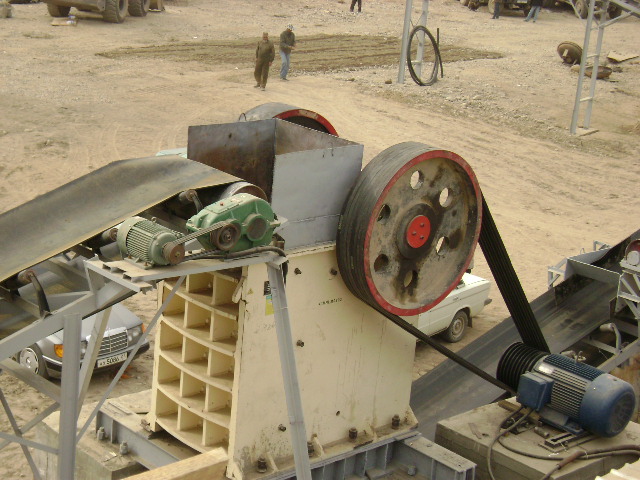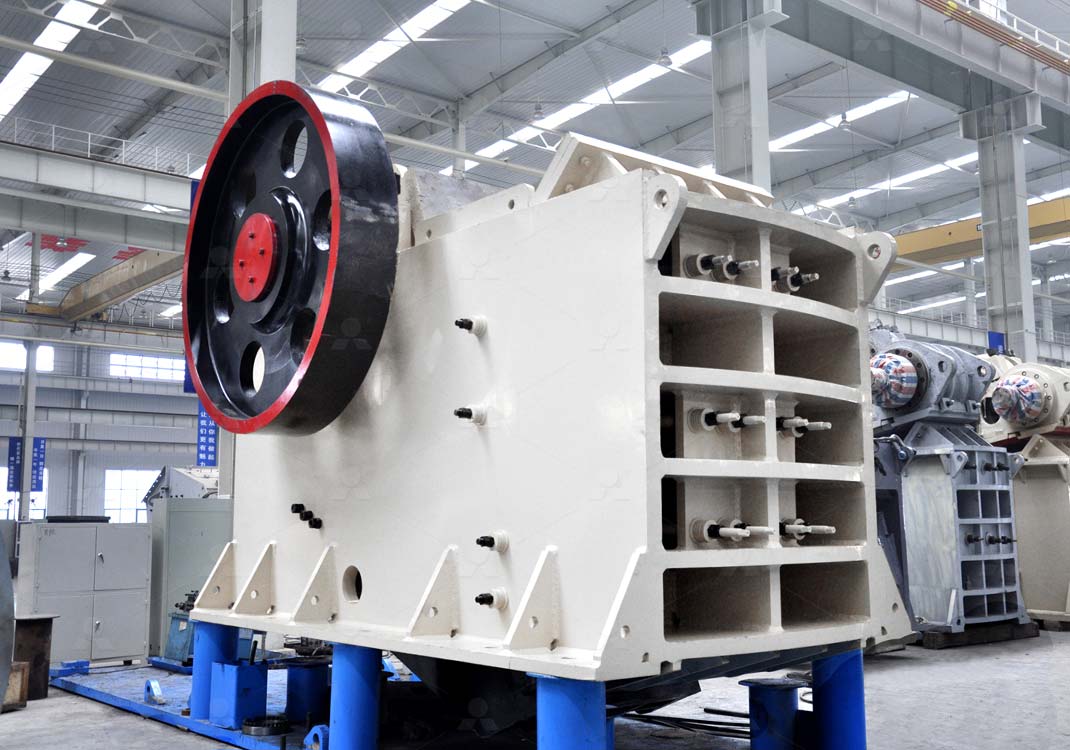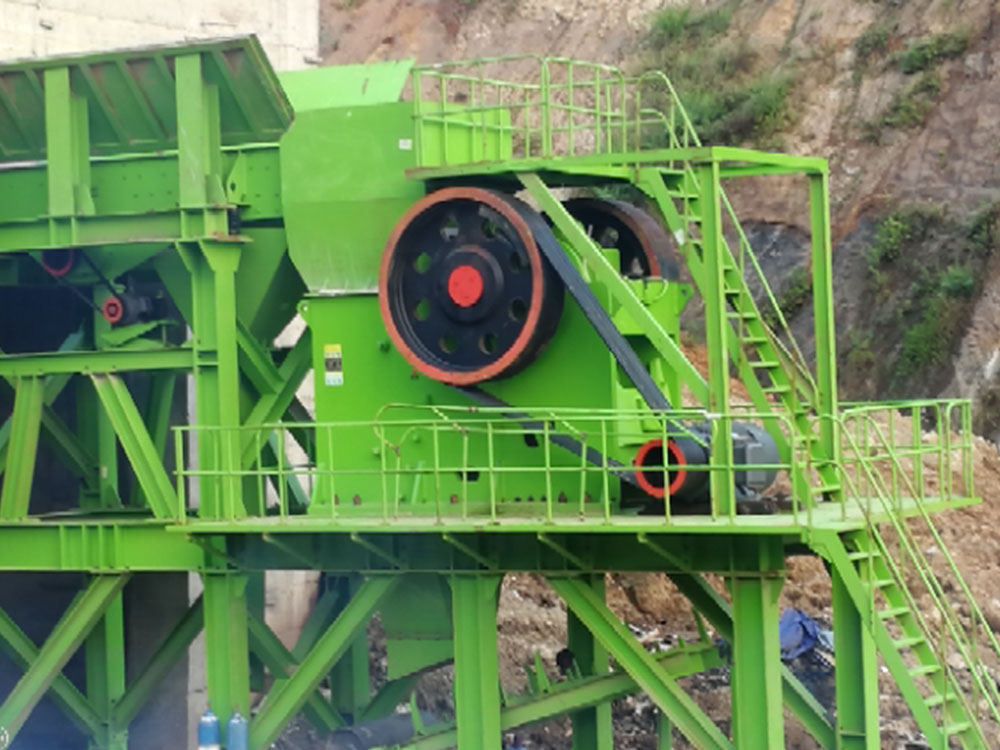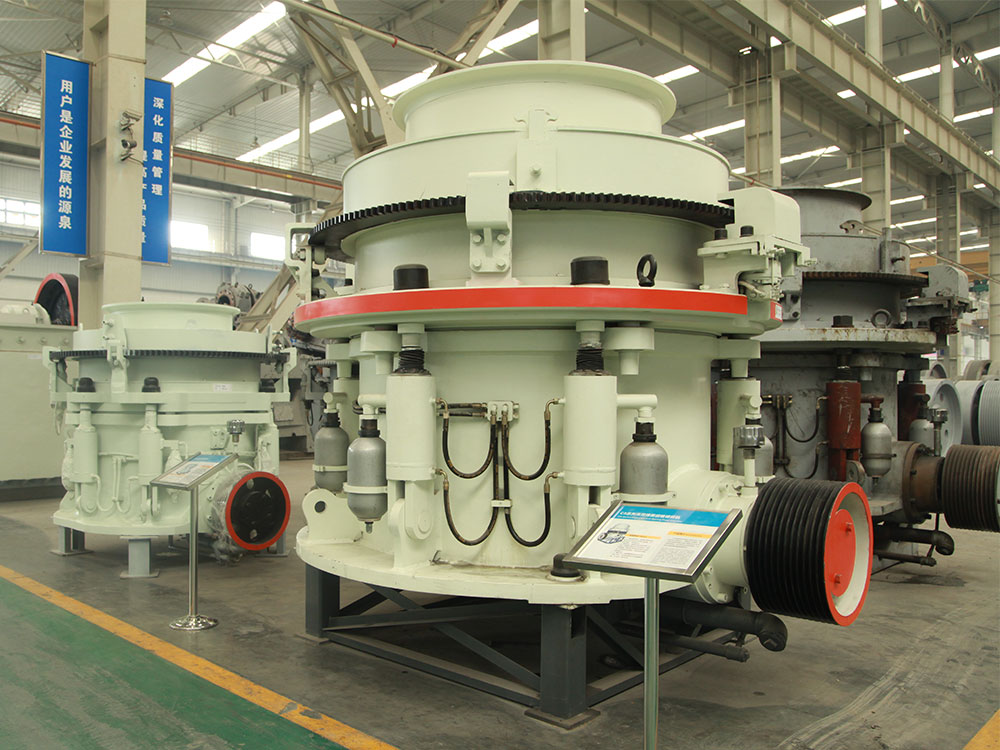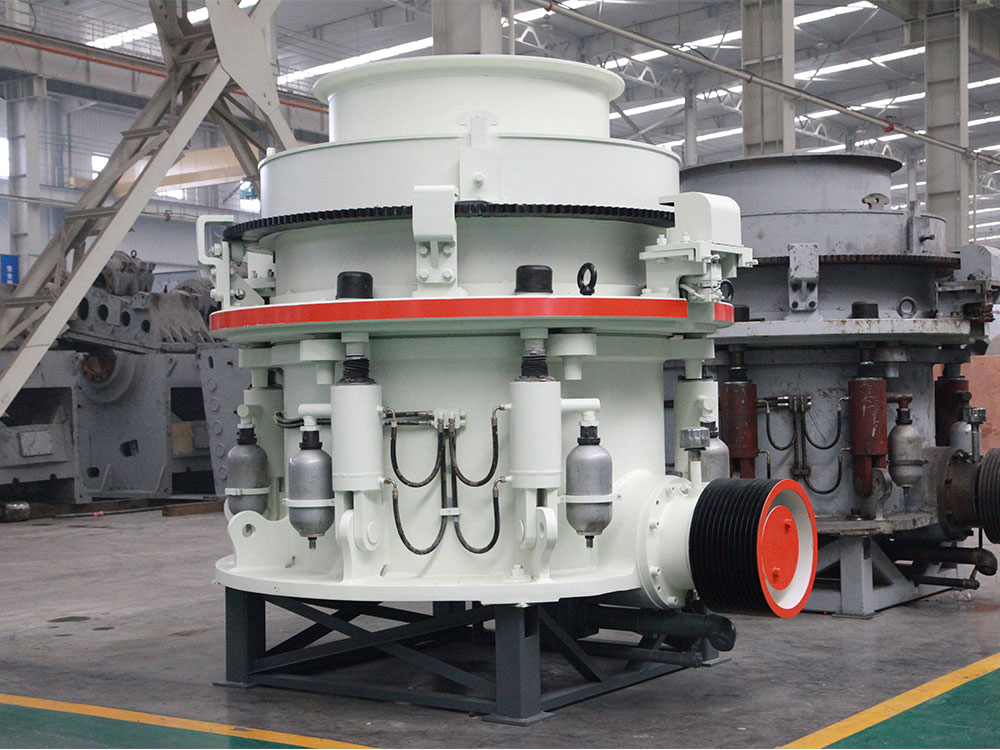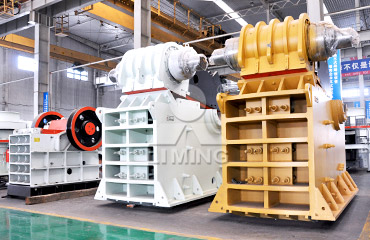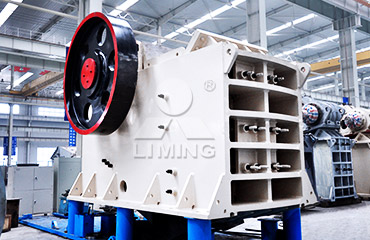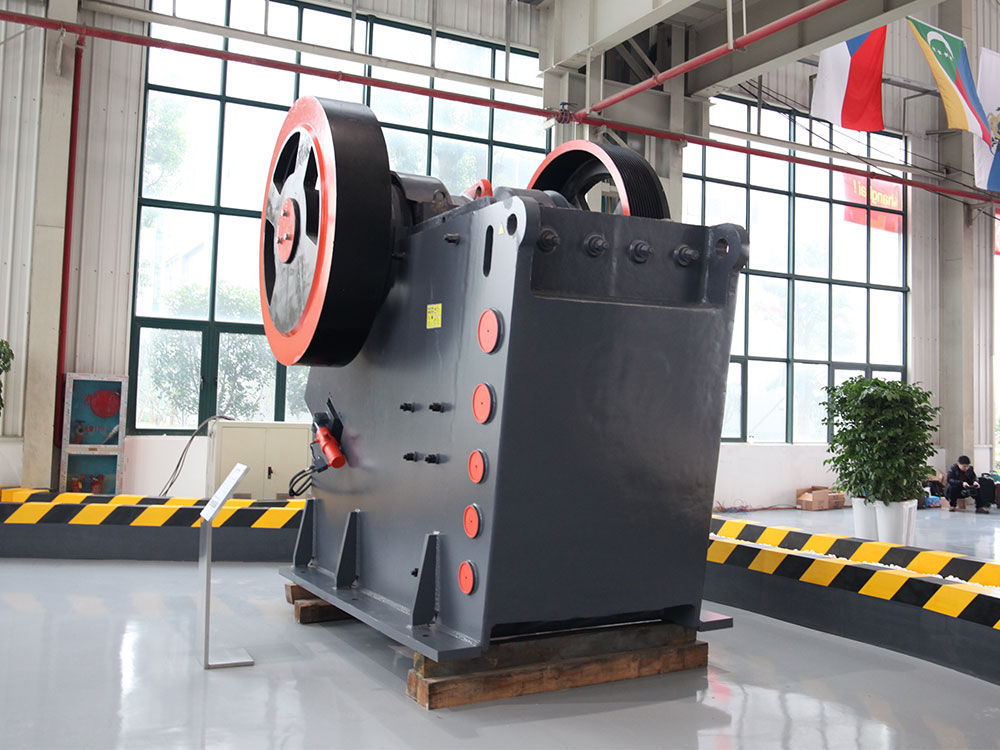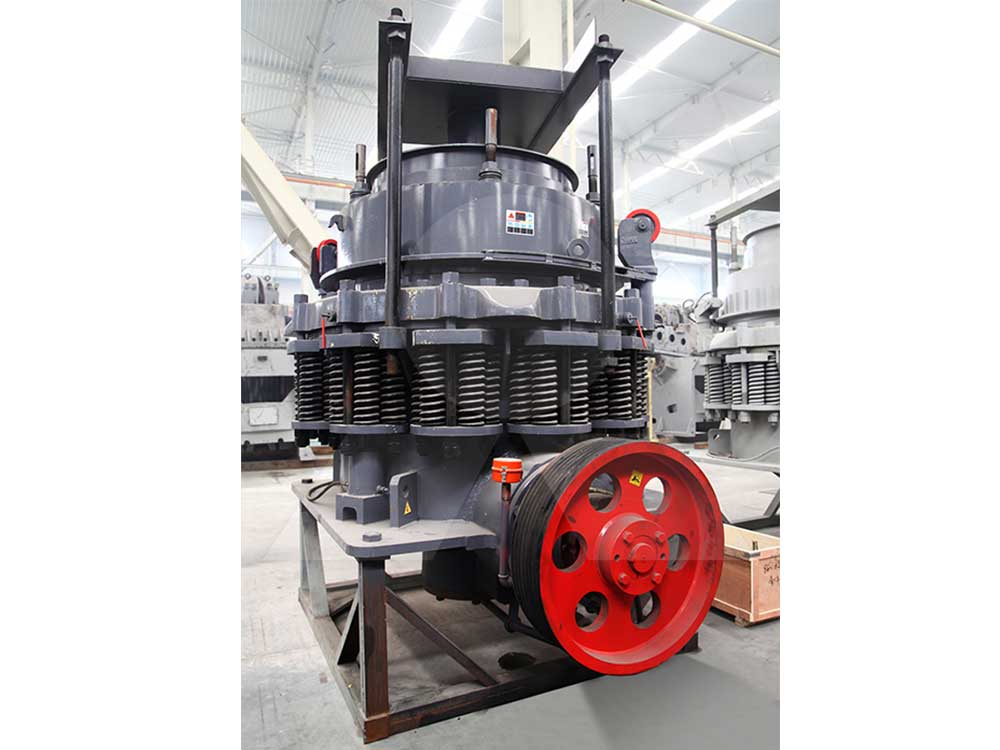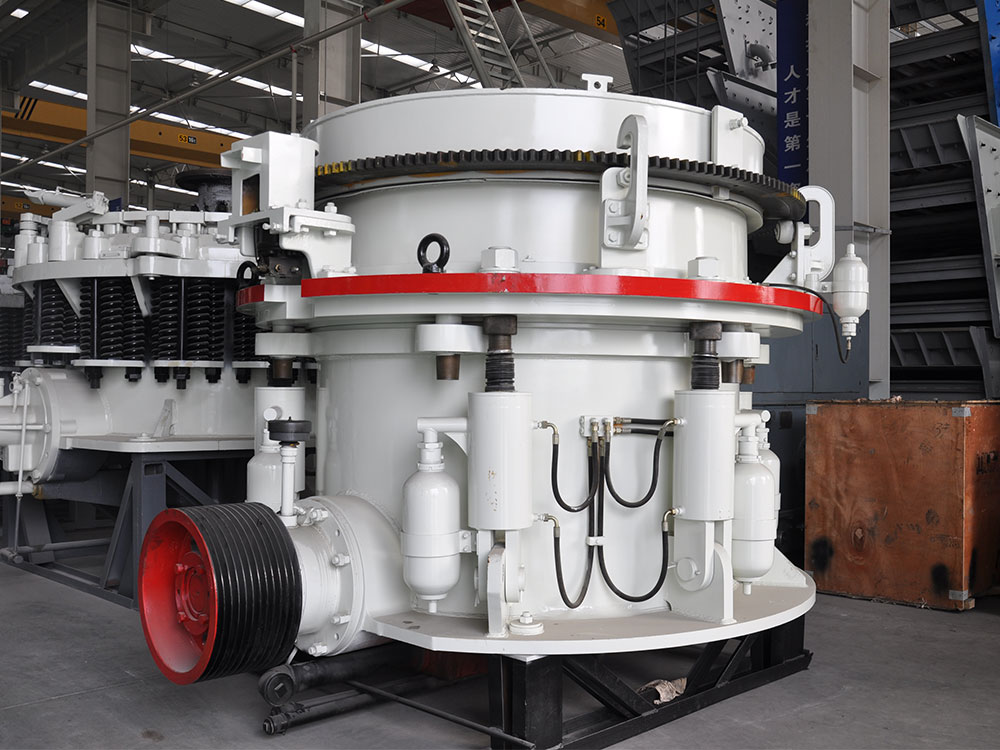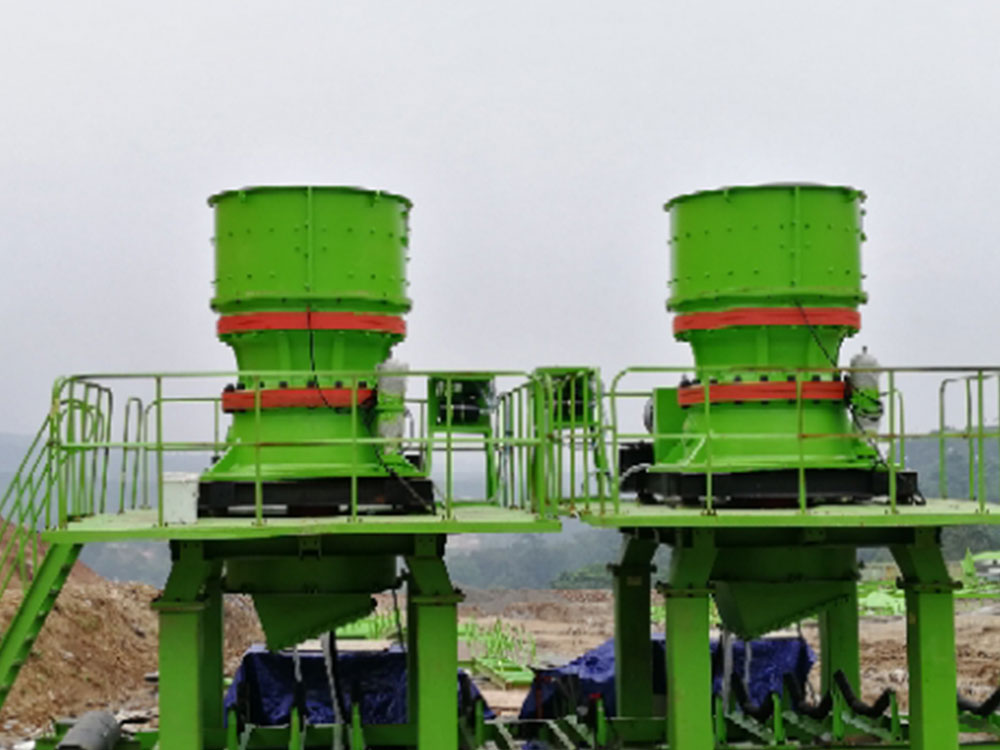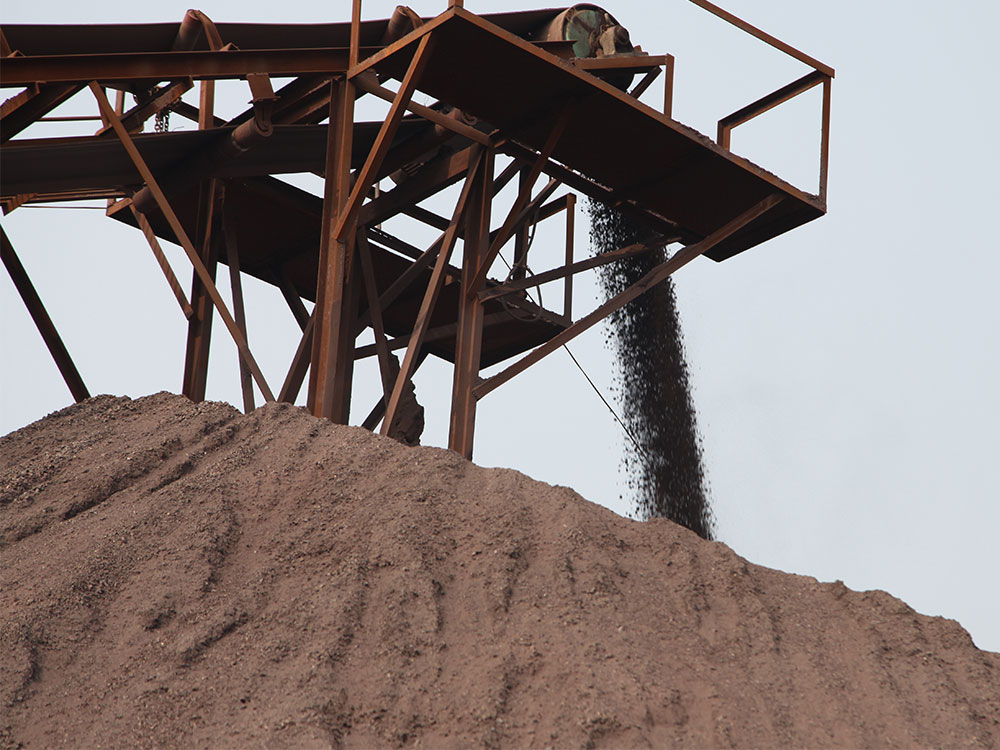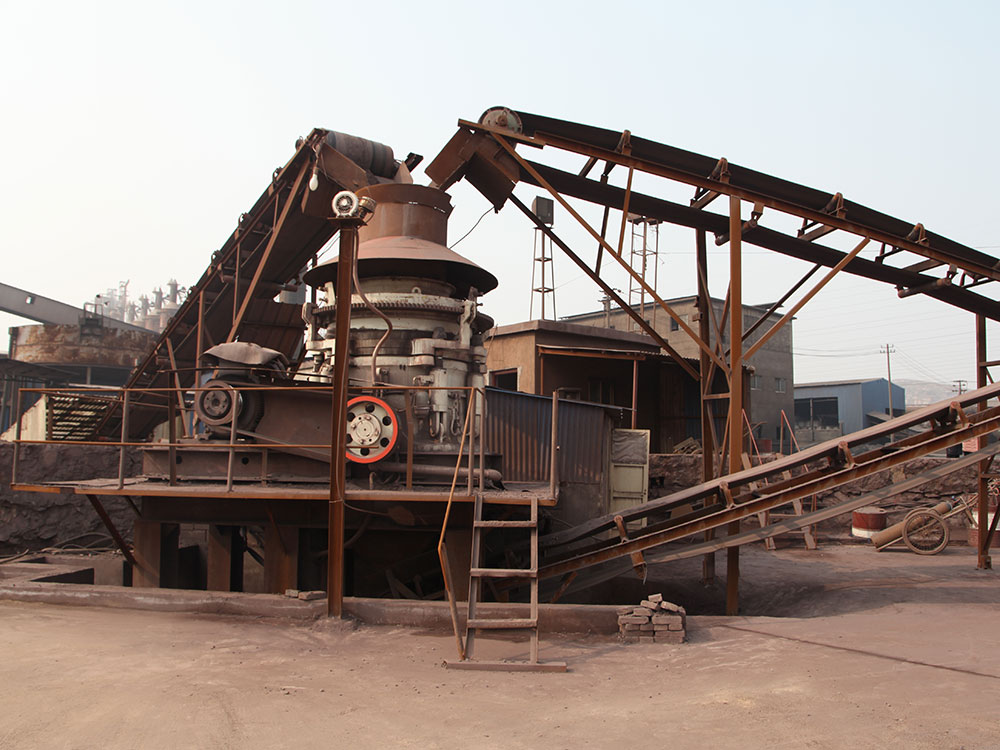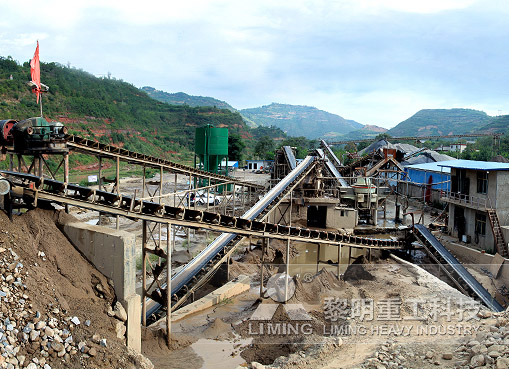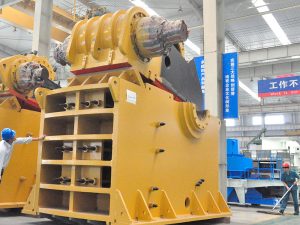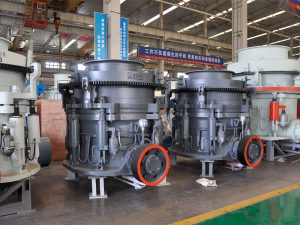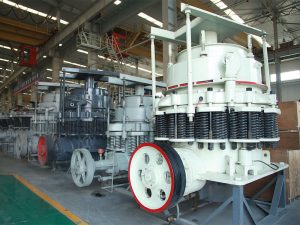Jaw Crusher vs Cone Crusher: Which Is Better? (2024 Comparison Guide)
Choosing between a jaw crusher and a cone crusher depends on your crushing needs, material type, and production goals. Both machines are essential in mining and aggregate industries, but they serve different purposes. This guide compares key differences, advantages, applications, and selection criteria to help you decide which is better for your operation.
Key Differences Between Jaw Crusher and Cone Crusher
Feature Jaw Crusher Cone Crusher
Crushing Mechanism Compression (fixed & moving jaw) Compression + shearing (rotating mantle & concave)
Primary Use Primary crushing (coarse crushing) Secondary/tertiary crushing (fine crushing)
Feed Size Large rocks (up to 1,500 mm) Medium-sized rocks (up to 300 mm)
Output Size 20-300 mm (adjustable) 5-60 mm (finer particles)
Maintenance Simple, fewer wear parts More complex, higher wear on liners
Cost Lower initial cost Higher initial & operational cost
Bottom Line:
Jaw crushers are best for primary crushing of large, hard, and abrasive rocks.
Cone crushers excel in secondary/tertiary crushing, producing finer and more uniform aggregates.
Advantages of Jaw Crushers
✔ Ideal for Hard & Abrasive Materials
Handles granite, basalt, and iron ore efficiently due to robust jaw plates.
Less sensitive to high silica content than cone crushers.
✔ Lower Operating Costs
Fewer moving parts → easier maintenance.
Cheaper spare parts (e.g., jaw plates vs. cone liners).
✔ Better for Large Feed Sizes
Can accept rocks up to 1.5 meters in diameter.
No pre-crushing needed for oversized materials.
Best Applications:
Primary crushing in quarries & mines.
Processing demolition waste & concrete recycling.
Advantages of Cone Crushers
✔ Produces Finer & More Uniform Output
Better cubical shape for high-quality aggregates.
Adjustable closed-side setting (CSS) for precise control.
✔ Higher Reduction Ratio
Can achieve 6:1 to 8:1 reduction vs. jaw crusher’s 4:1 to 6:1.
✔ Continuous Crushing Without Interruption
No reciprocating motion → smoother operation.
Less vibration & noise compared to jaw crushers.
Best Applications:
Secondary/tertiary crushing in aggregate plants.
Producing sand & gravel for construction.
When to Choose a Jaw Crusher Over a Cone Crusher
✅ If your priority is:
Primary crushing of large, raw materials.
Low-cost operation with simple maintenance.
Handling very hard & abrasive rocks (e.g., granite, quartz).
🚫 Avoid if you need:
Ultra-fine output (<10 mm).
High reduction ratios without multiple stages.
When to Choose a Cone Crusher Over a Jaw Crusher
✅ If your priority is:
Secondary/tertiary crushing after a jaw crusher.
Producing uniform, well-shaped aggregates.
Higher automation & precision control.
🚫 Avoid if you have:
Extremely large feed rocks (>300 mm).
Tight budget (higher initial & maintenance costs).
Jaw Crusher vs Cone Crusher: Final Decision Guide
Choose a Jaw Crusher If:
🔹 You need primary crushing for large rocks.
🔹 Your material is very hard & abrasive.
🔹 You want lower upfront & maintenance costs.
Choose a Cone Crusher If:
🔹 You need finer, well-graded aggregates.
🔹 Your operation requires secondary/tertiary crushing.
🔹 You prioritize higher reduction ratios & automation.
Combined Solution?
Many plants use both—a jaw crusher for primary crushing and a cone crusher for secondary crushing—to optimize efficiency and product quality.
Conclusion: Which Is Better?
There’s no "better" crusher—only the right crusher for your needs.
Jaw crushers win in primary crushing, cost-efficiency, and durability.
Cone crushers excel in finer crushing, shape control, and smooth operation.
Pro Tip: If budget allows, a two-stage setup (jaw + cone crusher) maximizes productivity and product quality.


